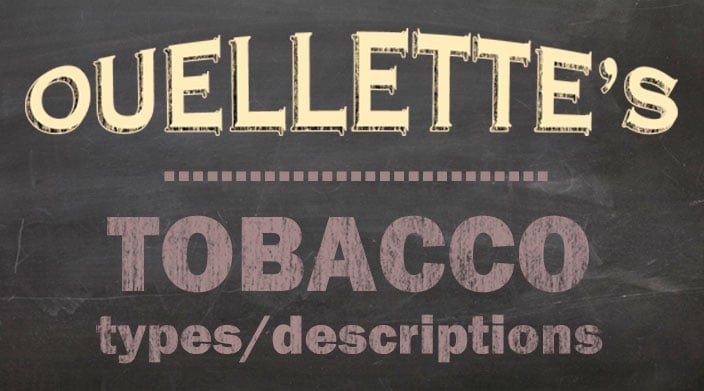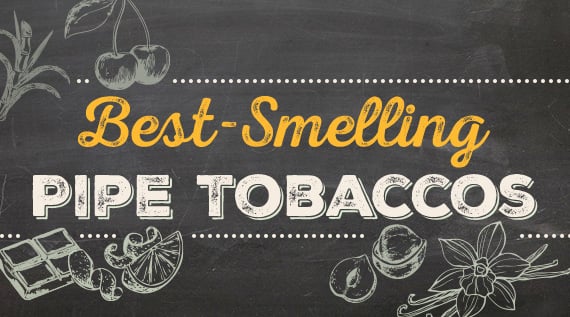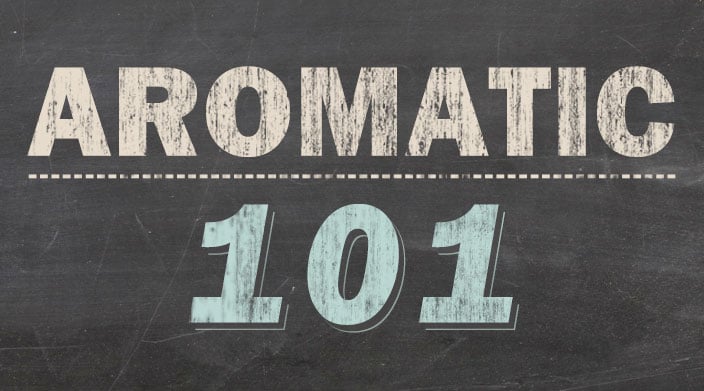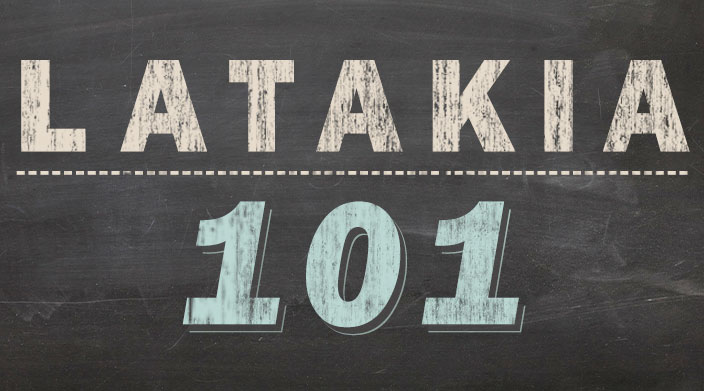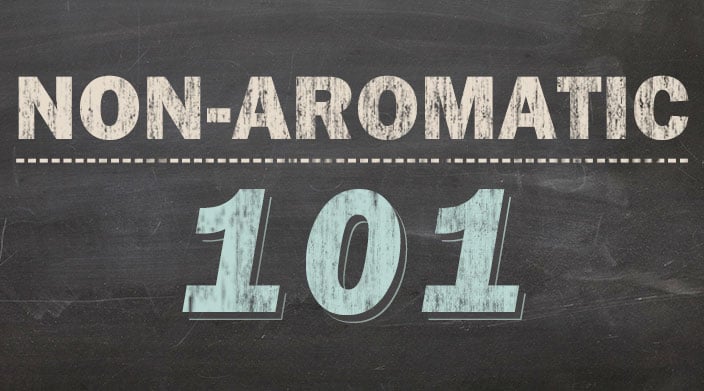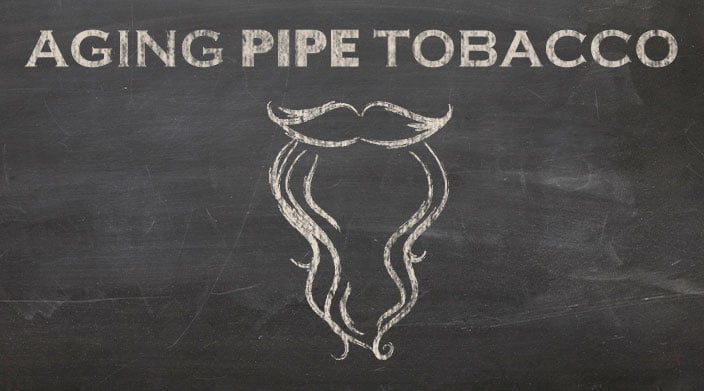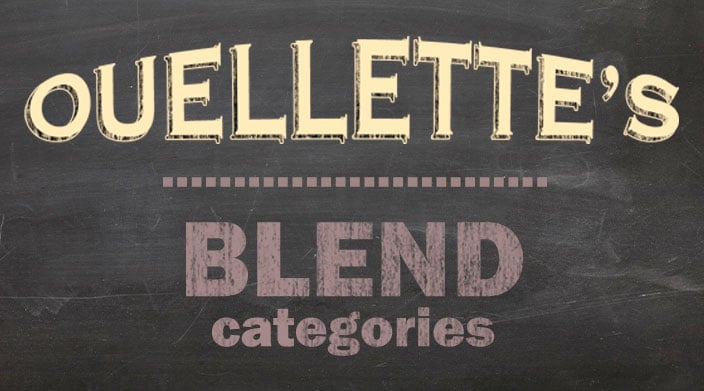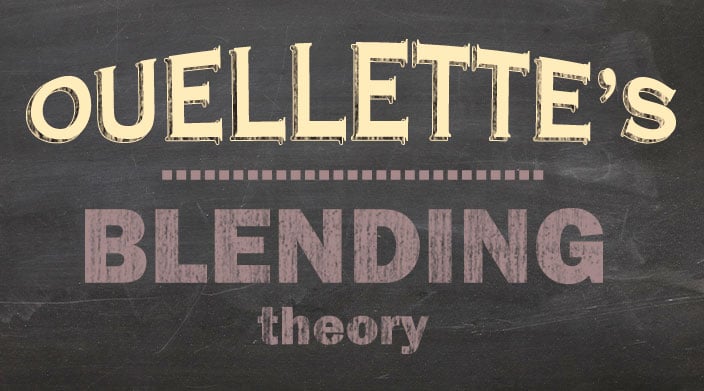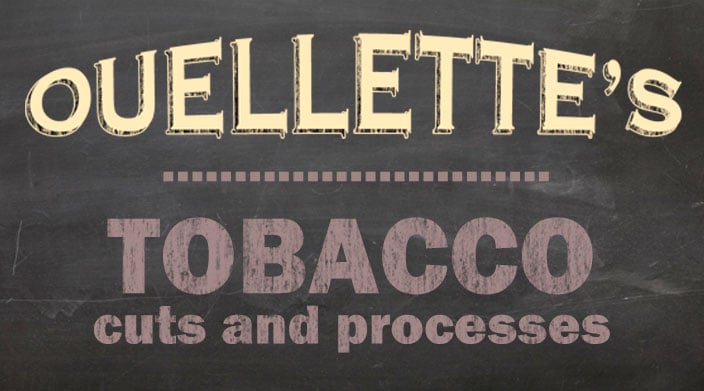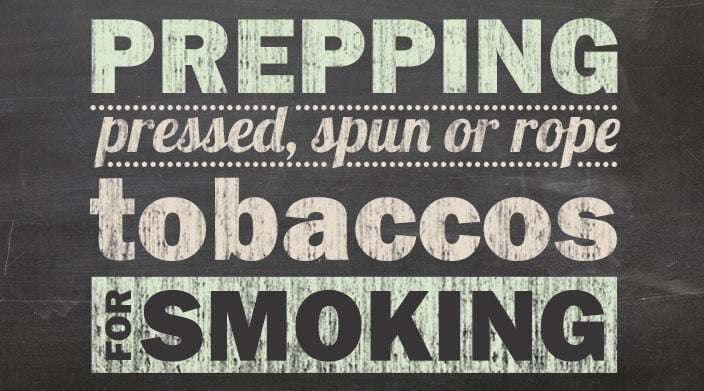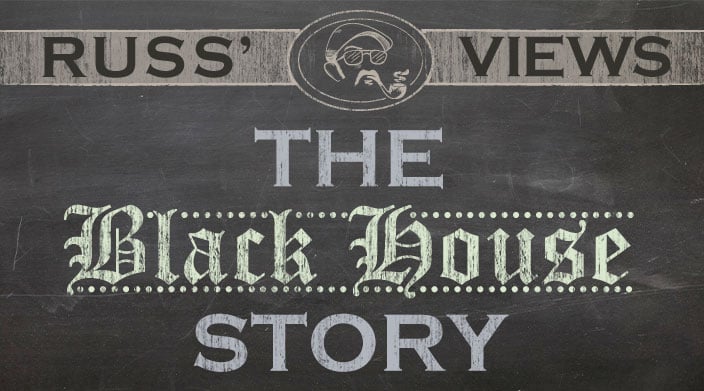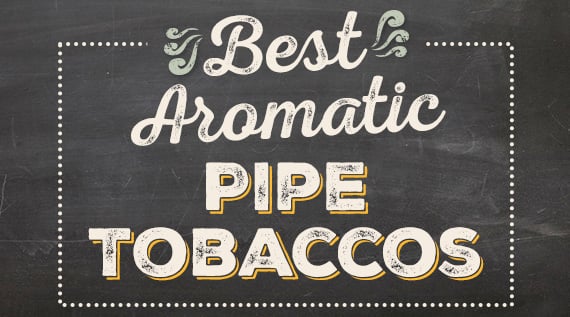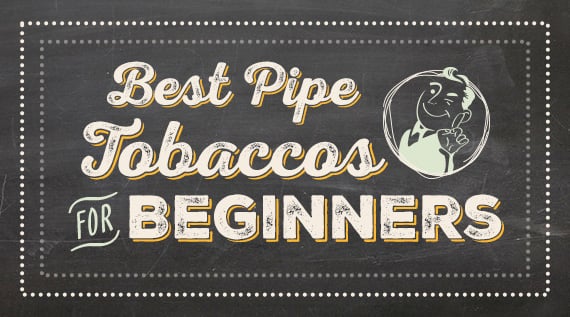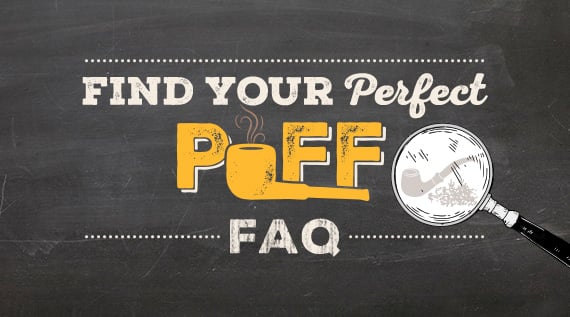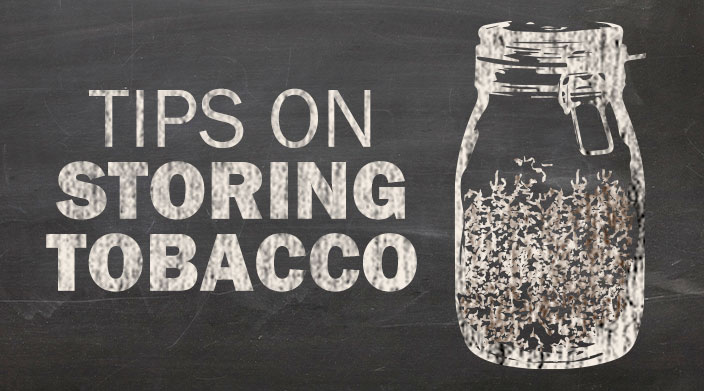I’m sure that everyone has read or heard a piece of information and had one of those “aha!” moments. All of a sudden, disjointed bits of knowledge that you’ve held onto for years all fall into place and you have an epiphany. I think that this is one illustration at how amazing the human mind is. It’s possible for a person to be fed random pieces of information and the brain is whirring around in the background putting together all these little bits and coming to a conclusion while the rest of the brain doesn’t even know what’s happening. In blending pipe tobacco I have these moments all the time. I’ll mix a couple of components together and try them, and I find that the blend reminds me of an old favorite because the flavor and aroma make a light go on, and I can follow that thread if I want to, or just make a note of my “discovery” so I pursue it later, if I want.
I bring this up because after one of these revelations I will routinely kick myself for not figuring out the conclusion sooner. Of course, hindsight being 20/20, it’s always easy to beat yourself up for stupidity in not recognizing what you’ve missed, and I find that no one can make me feel more idiotic than me.
Because of the fact that I’ve spent an awful lot of time with premium cigars in recent years (due to the fact that they’re about 70% of our business in the retail store, and I enjoy them), I’ve begun thinking like a reviewer, especially when I’m trying a new stick. When I do that, I try to compare the flavors to other things I’ve tasted. I often note hints of leather, wood, coffee, chocolate, pepper and more as I smoke a cigar, and I use this as a basis for discussing the stogie with a customer.
After doing so one time, I realized that I never really do the same thing with pipe tobacco, because the pipe smoker tends to taste tobacco as a unit rather than in individual flavor notes, so I went back and tasted some components with the thought in my mind to compare the flavors of the different varietals in the same way I analyze a cigar. I found that some Burleys remind me of certain nuts (walnut, pecan, almond) and that toasted red Virginia has an underlying maple note. Latakia often hits me with leather and anise notes, and Perique has elements of stewed fruit and a bit of pepperiness.
All of that research has helped me in innumerable cases. Now, if someone asks me to try to match a blend, I think more in terms of the flavor elements rather than the specific tobaccos which helps, especially with older tobaccos, as the flavor changes with age. So when I taste pepper, I think “Is that the kind of pepper I get from some dark Burleys, or is it the kind of pepper I get from Perique?”, which moves me in the right direction.
It also helps me in that I’m more open to using things that I wouldn’t normally put in a blend. When I was putting together my entry for the Balkan Sobranie 759 Throwdown, I noted a bit of sweetness in the sample I was sent , but it was a soft type of sweetness. Up until I started taking this new approach, I would have almost automatically tried using yellow Virginia, as it tends to be quite sweet, but it’s an acidic kind of sweetness, like citrus, and it would probably be too sharp. I started to think of what other components I could use, and I realized that unflavored black Cavendish has a bit of a brown sugar note that would be a better fit for my purposes. Now, Sobranie 759 didn’t have any black Cavendish that I know of, but I incorporated it into my blend (now called BlackHouse) because it worked well to recreate the flavor that I detected. Since the judges felt similarly, it’s reinforced this new approach I’m using. It also helps me in creating what I refer to as a “whole-mouth feel”. I will try a new blend and will attempt to break it down in terms of the five types of tastes- sour, sweet, salt, bitter and umami (or savory). This way, it helps me figure out what’s “missing” and simplifies the situation.
But recently I had another revelation using this information, and this time it involved aromatics. I thought about aromatics that really worked for me. Two in particular are our own Classic Burley Kake and Cornell & Diehl’s Autumn Evening. What do they have in common? Not much, on the surface, except for one key feature- they taste like they smell, which is one of my targets when making an aromatic. So why do these blends achieve that when most don’t? After a little analysis, I discovered a property that I now refer to as reinforcing flavors.
Autumn Evening is made from a toasted red Virginia Cavendish made by Cornell & Diehl and has a maple and vanilla flavor added. I use some of the unflavored version of this tobacco in some of my blends, and when I was doing my taste testing, I noticed that there was a maple-like element to the flavor. So I would assume that Craig or one of his people noted that and figured that maple flavoring would reinforce the natural taste of the tobacco. If it was discovered by accident, then it was a damned good accident. Some of the Burleys in Classic Burley Kake have a natural cocoa hint along with a slightly sweet tang. By reinforcing the tobacco with cocoa and rum (with a touch of anise), the flavors just brought out the natural profile created by the leaf itself.
In conclusion, I’m glad that I’ve got a part of my brain that works in the background and thinks of things like this, because the part that handles everything else doesn’t work quite so well.




